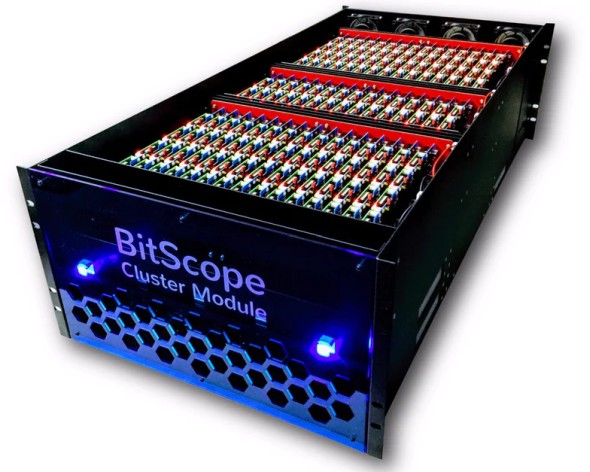Reflections on solar hosting for bees

It all started with the draw ... draw the hive between beekeepers in exchange for a funny story - what do they need it for.
At this point, the cockroaches in my head took over control and quickly picked up a message that I need this hive not for bees, but to put a monitoring server there ;-)
Further fantasy drew Raspberry blades instead of frames with honeycombs, but it turned out that such a solution already exists (in the photo above).
Actually, I started thinking about the need for a web server with an RRD base from the moment of the first publication on the subject of bee monitoring four months ago.
Now, when there are already the first fruits , the need for such a server is becoming increasingly urgent.
Actually, this is the story of my 13th article on Habré.
The cost of hosting in Ukraine is as follows: for $ 30 a year, you can get a free domain name registration and a web server with a 4GB virtual disk.
So in order to tie these numbers in relation to my task - even if you write the results of the Fourier transform four times per hour, it will come out about a kilobyte.
As a result, the base in 4GB can contain information about 400 beehives per year.
To begin with, it seems to be ok, but there is one BUT - not all the space will be given to you under the base (usually only a quarter).
If you slightly increase the appetites, the price tag immediately passes for a hundred dollar mark - fatty for a free project.

In short, here the toad forms a coalition with cockroaches and google these things.
Moreover, for a hundred just four raspberries can be purchased.
But God, what a hemorrhagus with them to mess around, something to grind and invent!
The solution should be as simple as possible, easily portable to normal hosting and protected from power failures and Internet glitches.
In fact, 15 years ago I already had to deal with hosting a web server at home, so I don’t see any problems in forwarding a domain and IP.
So, my solution to the problem of choosing a platform is a motherboard based on the dual-core Celeron J1800 2.4 GHz with TDP 10W, but at least this:

Packing everything in the nettop case, I got a very compact system.
The server can be rotated on an SSD disk, and backed up onto a classic HDD 2.5 ".
An additional plus is that many nettops use the original power scheme - a “laptop” power supply unit and converters inside the system unit.
That's how we got to the "sunny" part of the story.
No, the problem is not in the installation of UPS, even the smallest will be able to "pull" a similar system for hours, but in the hidden desire to make a stand-alone server that is not connected with wires at all (yeah, that same hive in an open field ;-).

In general, the solar battery 100-110W should be quite enough, paired with a battery from the Tavria and a charge controller, this will be a great alternative to a power outlet.
Internet problem? There is 100Mbps home Internet, and God forbid everyone to 4G in Kiev (you didn’t think I’ll put everything in the field ;-)
I do not touch the questions of software for two reasons:
- This is a separate holivar topic.
- Yes, and actually do not have to choose - see what the hoster uses, to which I will come to the end, and put the same thing (from the Linux family)
In short, the server configuration is Celeron J1800 2-core 2.4GHz, 4GB (2x2) DDR3 SO-DIMM, 32GB SSD-HD, 320GB HDD
Do you know what is the most pleasant thing about this story?
Free cheese! All components are already in stock and their performance / stability is checked!
I hope that the thirteenth publication as a whole was a success!
And yes, Lets Fight in the comments!
With you there was an electric cooker Andrey.
')
Source: https://habr.com/ru/post/446582/
All Articles